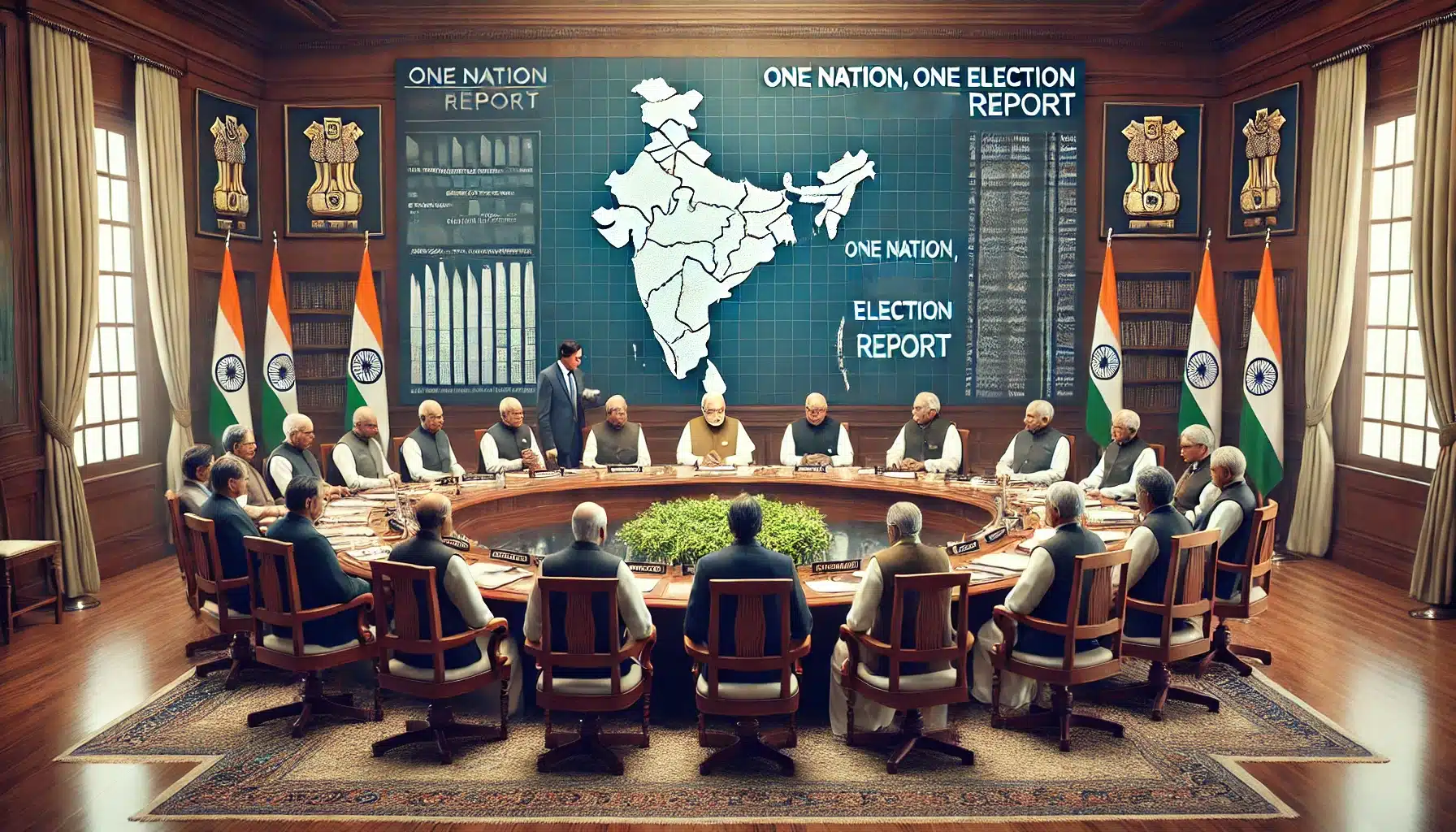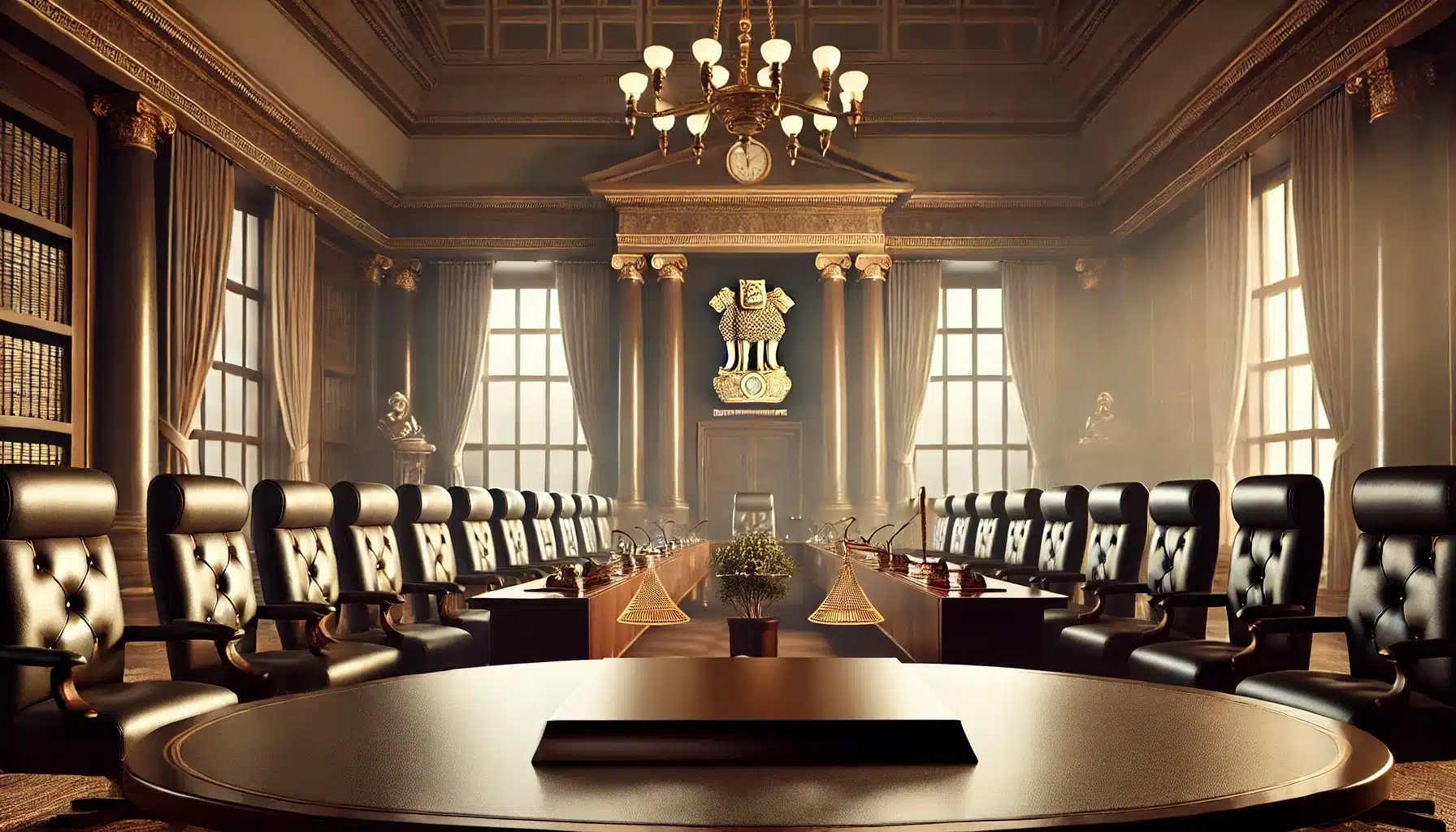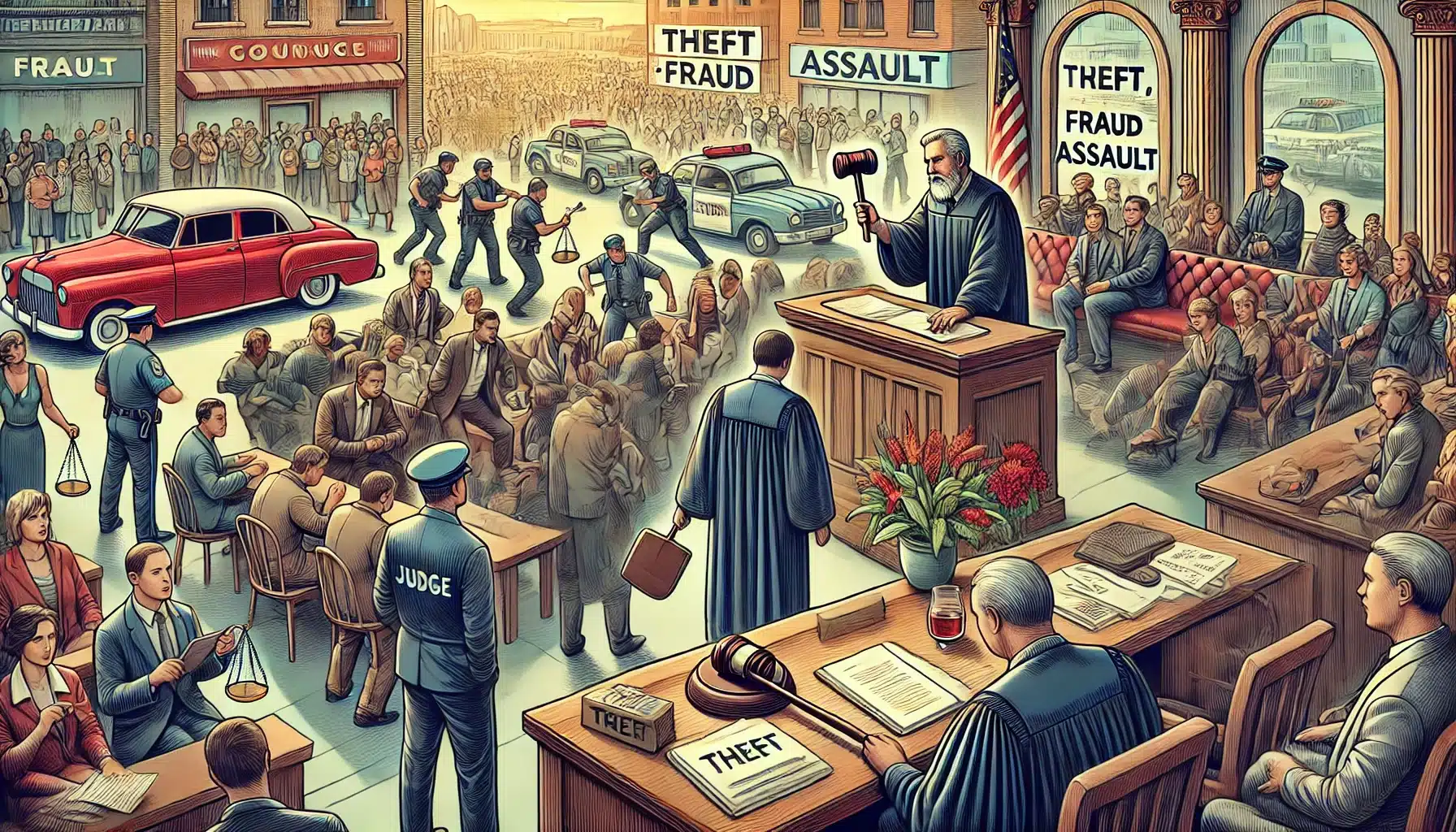Sep 17, 2024 17:21 UTC
| Updated:
Sep 18, 2024 at 15:35 UTC
Compulsory Licensing of Patents: A Comprehensive Overview
Introduction
In the dynamic landscape of intellectual property law, compulsory licensing of patents stands out as a critical mechanism designed to balance the rights of patent holders with the broader public interest. This concept, embedded within the framework of international and national legal systems, allows governments to grant permissions for the use of patented inventions without the consent of the patent owner under specific circumstances. The rationale behind compulsory licensing often revolves around ensuring access to essential medicines, fostering innovation, and addressing market failures. This comprehensive overview delves into the principles, applications, and implications of compulsory licensing, offering insights into how this legal tool navigates the complex intersection of patent rights, public health, and economic development.
What is compulsory licensing?
- Compulsory licensing allows the government to permit a third party to produce a patented product or use a patented process without the consent of the patent holder, under specific circumstances.
- Compulsory licensing of patents represents a critical intersection of intellectual property rights and public interest, especially in the context of India. This mechanism aims to balance the exclusive rights granted to patent holders with the broader needs of society, particularly when public health and economic well-being are at stake.
- In India, the concept of compulsory licensing is governed by Section 84 of the Patents Act.[1] This provision allows for the issuance of a compulsory license under certain conditions, such as when a patented invention is not sufficiently worked in India, is not available to the public at a reasonably affordable price, or when there is a need to meet public demand. The statutory framework is designed to ensure that patents do not become barriers to access or innovation.
- One of the most notable applications of compulsory licensing in India occurred in 2012, when the Indian Patent Office granted a compulsory license to the pharmaceutical company Natco Pharma for the production of the cancer drug Nexavar,[2] originally patented by Bayer. This landmark decision was based on the grounds that the drug was not available at a reasonably affordable price, highlighting the provision’s role in enhancing access to essential medicines.
- Additionally, in 2016, the Indian government issued a compulsory license for the anti-cancer drug Imatinib, further demonstrating its commitment to ensuring that life-saving medications are accessible to the broader population. These cases underscore the practical application of Section 84 and its impact on public health.
Origin of patent law
The concept of patent law began to take shape in the late 15th century, with the first known patent system established in Venice in 1474. This system aimed to encourage innovation by granting inventors exclusive rights to their inventions for a limited period. In India, modern patent law evolved under British colonial rule, with the Patents and Designs Act of 1911 being the first significant piece of legislation governing intellectual property. This Act laid the foundation for patent protection in India, aligning it with global standards and promoting technological advancement.
Emergence of Compulsory Licensing
The principle of compulsory licensing emerged as a necessary measure to prevent patents from impeding public access to essential goods. In India, compulsory licensing was incorporated into the Patents Act, 1970, through Section 84. This section allows for the issuance of a compulsory license if a patented invention is not available to the public at a reasonably affordable price, is not worked in India, or if there is a need to meet public demand. This provision aimed to balance the rights of patent holders with public needs, particularly in the context of public health and essential services.
Key Historical Developments
A landmark case highlighting the application of compulsory licensing in India was Natco Pharma Ltd. v. Bayer Corporation[3]. The Indian Patent Office granted Natco Pharma a compulsory license to manufacture and sell a generic version of the cancer drug Nexavar, patented by Bayer, under Section 84 of the Patents Act, 1970. The decision was based on the drug’s unavailability at a reasonably affordable price, demonstrating the provision’s role in enhancing access to essential medicines.
Another notable instance was The Compulsory License for Imatinib, where the Indian Patent Office issued a compulsory license for the anti-cancer drug Imatinib,[4] further illustrating the use of compulsory licensing to address public health needs and ensure that life-saving medications are accessible to the broader population. These cases reflect the critical role of compulsory licensing in balancing patent rights with public welfare under Indian law.
International Treaties dealing with Compulsory Licensing
The international landscape for compulsory licensing is significantly shaped by the Agreement on Trade-Related Aspects of Intellectual Property Rights (TRIPS), established by the World Trade Organization (WTO) in 1995. TRIPS provides a set of minimum standards for intellectual property protection, including patents, and includes provisions that permit compulsory licensing under certain conditions.
How These Agreements Guide the Practice of Compulsory Licensing?
TRIPS Article 31 outlines the conditions under which compulsory licensing may be granted. It allows WTO member states to issue compulsory licenses to address public health crises and other emergencies, provided that such measures comply with the principles of non-discrimination and that adequate remuneration is paid to the patent holder. The Doha Declaration on the TRIPS Agreement and Public Health, adopted in 2001, further affirms the flexibility of TRIPS provisions to support public health needs and enhance access to medicines, emphasizing that patent rights should not hinder access to essential medicines.
Provisions in various Countries regarding Compulsory Licensing
Different countries incorporate compulsory licensing in various ways, reflecting their unique legal and public policy contexts:
1. United States: The U.S. has provisions for compulsory licensing under the Bayh-Dole Act (1980), which allows for the licensing of federally funded inventions in certain circumstances. However, compulsory licensing is not commonly applied in practice.
2. Brazil: Brazil has utilized compulsory licensing to address public health concerns, such as in the case of antiretroviral drugs for HIV/AIDS. The Brazilian government has issued compulsory licenses to reduce the costs of essential medicines and improve public health access.
3. South Africa: South Africa’s Patents Act of 1978 includes provisions for compulsory licensing to address public health needs and promote access to medicines. The country has used these provisions to tackle the high cost of essential drugs.
Criteria for Granting Compulsory Licenses in Indian Law
1. Grounds for Issuance
According to Section 84 of the Indian Patents Act, 1970 compulsory licenses can be granted for several key reasons:
- Public Health Needs: As per Section 84 of the Indian Patents Act, 1970, a compulsory license may be issued if the patented invention is not working in the territory of India to the extent that is adequate to meet the public demand. This was notably applied in the landmark case of Novartis AG v. Union of India[5], where the Supreme Court upheld the denial of a patent for the Glivec cancer drug on the grounds of insufficient innovation and public need.
- Anti-Competitive Practices: According to Section 84(1) of the Patents Act, a compulsory license can be granted if the patent holder is found to be engaging in anti-competitive practices, such as unjustifiably restricting the use of the patented technology or failing to provide access to it. This criterion was highlighted in the case of Bayer Corporation v. Union of India[6], where the Indian government intervened to ensure access to affordable medicines by granting compulsory licenses.
- Failure to Work the Patent: Section 84(1) also provides grounds for issuance if the patented invention is not being worked in India. In India Pharmaceutical Alliance v. Union of India[7], the Delhi High Court discussed the non-working of patents as a basis for compulsory licensing, emphasizing the need to ensure that patents serve public interests.
2. Procedural Requirements
The procedural requirements for obtaining a compulsory license under Indian law are detailed in Sections 84-92 of the Patents Act:
- Application for Compulsory License: Under Section 84(1), any person interested can apply for a compulsory license after three years from the grant of the patent. The application must demonstrate that the patent is not adequately meeting public requirements or is being used anti-competitively.
- Hearing and Examination: Upon receipt of the application, the Controller of Patents examines the grounds and holds a hearing where both the applicant and the patent holder can present their cases. This process is outlined in Section 87 of the Patents Act.
- Issuance of License: If the Controller is satisfied with the grounds, a compulsory license is granted, specifying the terms and conditions, including the royalty to be paid. The decision is based on the principles outlined in Section 90 of the Patents Act, which ensures that the terms are fair and reasonable.
- Appeal and Review: Decisions regarding compulsory licenses can be appealed to the Intellectual Property Appellate Board (IPAB) and subsequently reviewed by the High Court under Section 117A.
3. Balancing Interests
The balancing of interests among patent holders, licensees, and the public is a crucial aspect of compulsory licensing:
- Patent Holders: The law aims to protect the rights of patent holders by ensuring that compulsory licenses are issued only when justified. Compensation in the form of royalties, as mandated by Section 90, helps address concerns about unfair deprivation of patent rights.
- Licensees: For licensees, the compulsory license provides access to technology that might otherwise be inaccessible due to high costs or restrictive practices. This balance ensures that essential technologies are available to those who need them most.
- Public Interest: The overarching goal is to ensure that patents fulfill their purpose of advancing public welfare. The criteria and procedures are designed to prevent abuse and ensure that patents contribute to public health and innovation rather than obstructing it.
Procedure for Compulsory Licensing of Patents in India
1. Eligibility for Application
- Waiting Period: As per Section 84(1) of the Patents Act, a compulsory license can only be applied for after three years from the date of the grant of the patent. This allows the patent holder adequate time to exploit the patent commercially.
2. Grounds for Application
- Public Health: If the patented invention is not available to the public at a reasonably affordable price or if it is not being worked in the territory of India.
- Anti-Competitive Practices: If the patent holder is found to be engaging in practices that unreasonably restrain trade or prevent competition.
- Failure to Work the Patent: If the patented invention is not being manufactured or used in India.
3. Filing the Application
- Form and Submission: The application for a compulsory license must be filed using Form 17, available from the Indian Patent Office. This application must be submitted to the Controller of Patents.
- Content of Application: The application should include a detailed justification for the compulsory license, including evidence supporting the grounds mentioned above.
4. Examination and Hearing
- Initial Examination: Upon receiving the application, the Controller of Patents will examine it to ensure that all necessary information and justifications are provided.
- Hearing: The Controller will schedule a hearing where the applicant, the patent holder, and any other interested parties can present their arguments. Both sides will have the opportunity to present evidence and respond to queries.
5. Decision by the Controller
- Issuance of License: If the Controller is satisfied with the grounds and evidence presented, they will issue a compulsory license. The terms of the license will include the scope of use, duration, and any conditions deemed necessary.
- Royalty and Compensation: The Controller will also determine the royalty or compensation to be paid to the patent holder, ensuring it is fair and reasonable. This is typically done under Section 90 of the Patents Act.
6. Appeal Process
- Intellectual Property Appellate Board (IPAB): Decisions made by the Controller can be appealed to the IPAB. The appeal must be filed within a specified period after the decision.
- High Court Review: Further appeals can be made to the High Court, which reviews the IPAB’s decision. The High Court has the authority to confirm, modify, or overturn the IPAB’s ruling.
7. Implementation and Compliance
- License Agreement: Once granted, the compulsory license is formalized through an agreement outlining the terms and conditions.
- Monitoring: The implementation of the license is monitored to ensure compliance with the terms and conditions set forth by the Controller.
8. Termination and Modification
- Review and Termination: The compulsory license can be reviewed or terminated if the circumstances that justified its issuance change. This may involve a new application or legal proceedings.
9. Public Notification
- Publication: Details of the compulsory license, including its terms and conditions, are published to inform the public and ensure transparency.
Conclusion
Compulsory licensing of patents represents a crucial mechanism within intellectual property law, particularly in balancing innovation with public interest. Indian law, through provisions in the Patents Act, 1970, provides a structured framework to address situations where patents may not adequately serve public needs or where their use is obstructed by anti-competitive practices. By examining grounds such as public health, failure to work the patent, and anti-competitive behaviour, and adhering to procedural requirements, the Indian legal system aims to ensure that patents fulfill their intended purpose of benefiting society.
Landmark cases such as Novartis AG v. Union of India and Bayer Corporation v. Union of India[8] underscore the practical application of these principles, illustrating how compulsory licensing can facilitate access to essential medicines and technologies, thereby promoting public welfare. The procedural rigour involved in applying for and granting compulsory licenses ensures that the rights of patent holders are respected while addressing genuine needs for access and affordability.
As technology and global health challenges evolve, the legal and policy frameworks governing compulsory licensing must continue to adapt. Future reforms may seek to refine these criteria, ensuring they remain effective in promoting both innovation and public access. A balanced approach will be essential in maintaining the delicate equilibrium between rewarding inventors and serving the broader public interest, ensuring that the patent system remains a powerful tool for societal advancement rather than an obstacle.
Ultimately, understanding and effectively implementing compulsory licensing can significantly impact global access to essential technologies and medicines, reinforcing the broader goals of equity and innovation in the realm of intellectual property.
[1] Patents Act, 1970.
[2] 2014(60) PTC 277 (BOM).
[3] 2014(60) PTC 277 (BOM).
[4] [2013] 13 S.C.R. 148.
[5] Ibid.
[6] Id. at 2.
[7] [2023] SCC OnLine SC 660.
[8] Id. at 4.
































